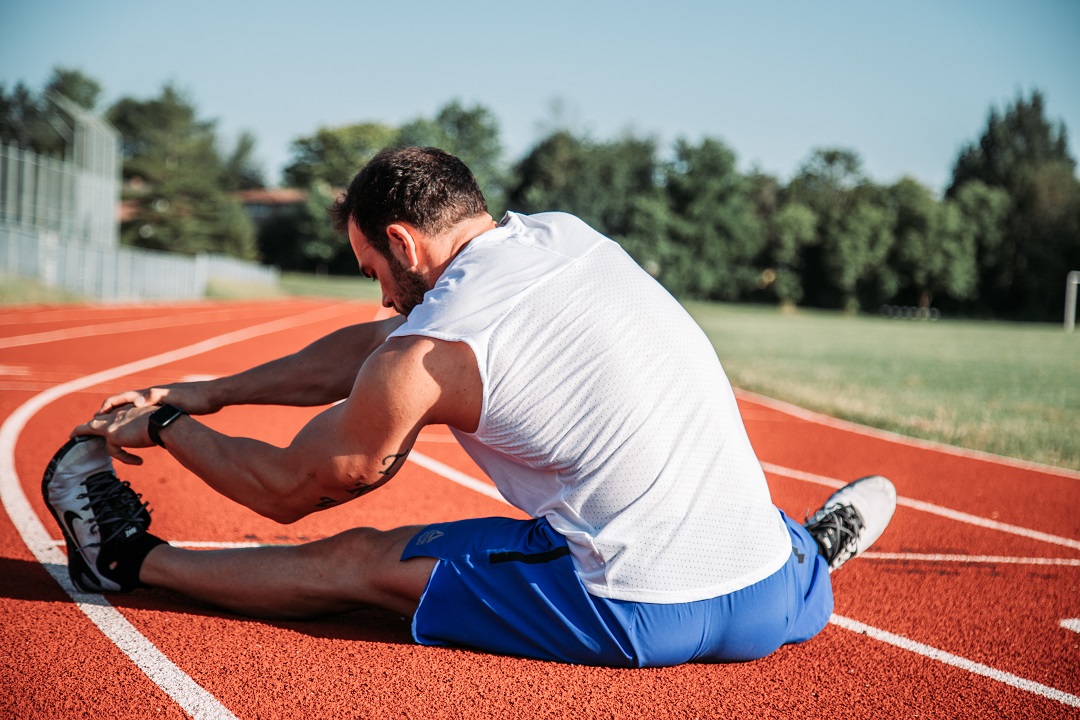Myths. Legends. Folklore. Old wives’ tales. Call them what you will: Runners swear by them, even when they shouldn’t. To find the nugget of truth behind some of the most prevalent running adages — or to debunk them completely — we turned to Dr. Brian Mahaffey, medical director for Mercy Sports Medicine, and Katie Smith, clinical operations manager for SSM Health Sports Medicine.
So, let’s bust some myths.
- Running ruins knees.
The kernel of truth in this rule, Smith says, is that people with conditions such as osteoarthritis can lack the support and joint stability necessary for running, which can lead to additional pain. But many reason that because almost half of all running injuries involve knee pain, the sport has to be bad for your knees. Right?
Probably not, in most cases. “Most injuries we see from running are overuse injuries,” Smith said. “Running can actually help strengthen your bones, especially when done in conjunction with cross training.”
A study at the University of California San Diego in 2016 showed that athletes experienced less inflammation in their joints after a 30-minute run than they did after sitting still for 30 minutes.
- Flexibility prevents injury, so stretch before you run.
Yoga’s pervasiveness has led some runners to believe they need to be as flexible as Stretch Armstrong. The truth: Overly flexible joints can be less stable. Your body needs stable joints with strong muscles surrounding them to keep everything in place.

Dr. Brian Mahaffey.
Mahaffey didn’t mince words: “We strictly oppose the static stretch.”
In addition to “warming-up” muscles, he says, runners need to turn on their neurological system to improve energy transfer. He prescribes dynamic movements instead to rev your body: jumping jacks, a light jog, lateral swings, side lunges, and breathing from your diaphragm.
- Sports drinks are essential.
This myth is based on the fact that we sweat away electrolytes: sodium, chloride, potassium, magnesium, and calcium. Without them, your neurological system falters, and the risk of injury increases, as does muscle soreness and cramping. Sports drinks replenish electrolytes; water doesn’t.
Our experts agreed that hydration is essential, especially because many of us are dehydrated. They also agreed that water is fine for a workout of less than an hour and that sports drinks are useful for longer workouts.
Smith recommends mixing equal parts water and sports drinks, since the latter “are also high in sugar. It’s all about moderation.”
Mahaffey suggests weighing yourself just before and after a workout to see how much fluid you’ve lost. Then, replace 50 percent in the first hour after a workout and the other 50 percent over the next eight hours. The next 16 hours, work to maintain or get above that weight.
- Belly up to the pasta bar for that pre-race carbo-loading.
Yes, muscles burn carbs first during a run, but Smith notes that protein is just as important: “Carbs can be quite heavy on our body and if overconsumed can actually slow you down.”

Katie Smith.
Mahaffey notes that while training your muscles, heart, and lungs, “you also should train your GI system. So, include nutrition and hydration routines throughout your training.”
- The more mileage, the better, so run every day.
Traditional cross-country training is built on the premise that running lots of miles builds endurance and speed. But Mahaffey notes that running 80 miles a week is inefficient and risky. Combined with a tendency to increase mileage too quickly, “you’re more susceptible to overuse injuries,” he said.
Smith recommends subbing weight training for running at least once or twice a week. “Overall strength and endurance come from more than just running,” she said. “This helps individuals strengthen areas that are weak while running.”
More important for gaining speed, Mahaffey says, is maintaining efficiency: proper stride and alignment right to left and front to back. “Some people think feet are our foundation. The reality is that it’s our core,” he said. “From shoulders to mid-thigh, everything has to work together. You can’t take all the pounding in your legs. It’s vital to do some type of resistance training to absorb energy.”
- Minimalist running improves performance while reducing injuries.
Many of the great Kenyan and Ethiopians learned to run barefoot, as did the Tarahumara Indians of Mexico, made famous in the book “Born to Run.” The tales led to minimalist shoes with little support or padding, such as Vibram’s five-toe designs. The premise is that without the traditional cushioning, the body naturally lands with the foot under the hip, which prevents over-striding and the chronic aches it causes.
Here’s the problem, according to a study from the American College of Sports Medicine: Such a change in stride can reduce knee impact but create stress in the foot and ankle. Achilles tendinitis and calf strain are common complaints from those who dive in too quickly.
If you want to go au (or more) naturel, Mahaffey says the key is core strength. As you gain stability, your walking and running will become natural. So, start by walking in the “natural” shoes to get used to them. Then, try wearing them on a short run and build mileage slowly.
“If you do an activity and are sore then next day, you probably did too much,” he says. “It’s going to be a slow progression. Find where you recover well and build from there.”
Author: Kathleen Nelson is a regular contributor to Terrain Magazine.
Top image: Dynamic movements are better than static stretches when warming up for a run.


Leave A Comment